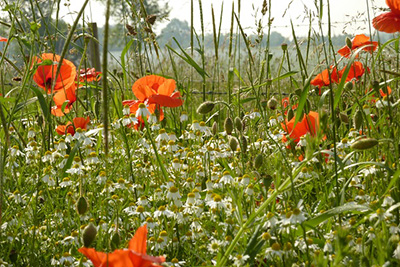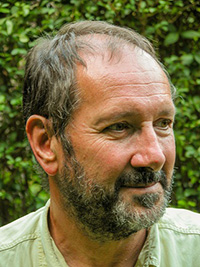This flora should help you to identify wild plants thanks to pictures without having any scientific knowledge of botany. Their classification into invasive, toxic, irritant or medicinal plants will be given if it’s relevant. All the photographs of wild plants are taken in their natural environment. Decorative or horticultural plants put in by man are not taken into account. For each plant, you will find the correct Latin scientific name as well as its international scientific code and its botanic family.

THE AUTHOR

- Dominique LEPIECE has been an agricultural engineer since 1966.
- All his life has been dedicated to research in agriculture in different countries.
- Between 1966 and 1976, he worked in Africa on many different research programs.
- From 1976 onwards, he worked in the Research and Development departments of two international American firms developing agricultural products.
- He had the opportunity to develop numerous herbicides and to come across self-propagating plants.
- He travelled African and European countries, took thousands of photographs among which about 20,000 pictures of weeds.
- In 2003, he opened his own consultancy company in agriculture. All the photographs are his property.
DEFINITION OF WEEDS
Defining a weed in agriculture is awkward. A weed is an undesirable plant that grows at the wrong place. Any plant, even the most useful ones, can end up as weeds.
Let’s take a simple example: a potato that grows in a cereal field is a weed but a cereal that grows in the middle of a potato field becomes weed in its turn.
This website will be regularly completed and corrected if a mistake remains somewhere.
I wish you a nice visit of the natural plant kingdom.


I am happy to present the fruit of more than 30 years’ photo of plants in their natural environment. I’ve chosen the best ones to delight you with the beauty of all this biodiversity. I’ve learned not to consider these plants as weeds, self-propagating or harmful plants. They are there merely because they are adapted to their environment. These plants grow naturally along country lanes, at the edges of fields, in cereal, sugar, food-producing, market-gardening, horticultural cultivations or in tree nurseries, in vineyards, in orchards, in vegetable gardens, in city streets, on old buildings and on sites that have been treated with herbicides or not.
I have thought of my friends, the farmers who have given me a warm welcome during my entire career and who have allowed me to carry out my trials in real conditions. This guide to identification of wild plants will help them to choose the necessary herbicide to fight against undesirable weeds in their cultivations. The accurate identification of the target plant allows a wiser and more responsible use of the control aid. The website should help farmers to reason before acting. However, no practical advice will be given on this website.
It should also help agronomy students.
I want to express my passion for wild plants even if they sometimes become invasive, harmful or dangerous for man.